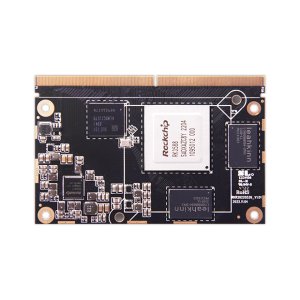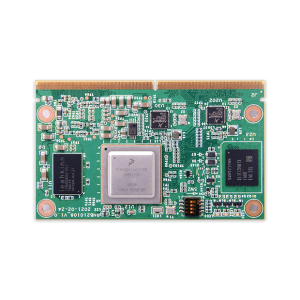How Computer on Modules Are Shaping the Future of Edge Computing
How Computer on Modules Are Shaping the Future of Edge Computing
Blog Article
Edge research has emerged as a revolutionary trend in the technology market, enabling quicker knowledge processing and decreased latency by bringing computational power closer to where knowledge is created. A vital creativity fueling this change is the rise of system on module arm which are small, effective, and flexible processing models designed to incorporate seamlessly into customized hardware systems.

The Role of Pc on Segments in Edge Computing
Pc on Adventures have grown to be indispensable in edge processing for their ability to streamline hardware style while sustaining sturdy running capabilities. In accordance with a recently available record by MarketsandMarkets, the international side processing market is predicted to grow from $40.84 billion in 2021 to $132.11 billion by 2026, with COMs enjoying a substantial role in that expansion.
These modules are particularly impactful in industries requesting real-time data analysis at the edge. For example, the transportation market utilizes COMs in autonomous vehicles for real-time decision-making, while clever towns release them to control methods like traffic movement and energy distribution.
Small and Adaptable Design
One of many standout features of Computer on Adventures is their small and modular design. This allows designers to combine high-performance processing energy into side units without the need for intensive hardware redesign. A study by IoT Analytics found that 68% of organizations utilizing IoT options consider modular electronics like COMs critical for fast deployment and scalability.
COMs also support personalized configurations, making them suitable for a wide selection of applications, from commercial automation to healthcare. Their ability to adapt to certain needs is just a driving power behind their adoption in edge processing systems.
Power Performance and Efficiency
Side processing units frequently work in situations with restricted energy resources. COMs address that concern by giving optimized energy efficiency without compromising on computational strength. A study by Allied Market Study outlined that energy-efficient edge computing options are anticipated to take control the segment through 2030, positioning COMs as a critical component for reaching that goal.
Furthermore, with developments in processors and integrated graphics, COMs today deliver the efficiency needed for AI-driven applications at the edge. This not only improves real-time functions but in addition decreases dependence on centralized cloud systems.
Why the Future Belongs to COMs
With world wide data generation estimated to reach 175 zettabytes by 2025, edge computing is defined to be much more integrated than ever. Computer on Modules provide an adaptable, energy-efficient, and scalable answer for handling that influx of data. Their relevance across varied sectors like healthcare, manufacturing, and telecommunications just underscores their critical role in surrounding the continuing future of edge computing.
COMs are no longer just a technical tendency; they're the backbone of next-generation side methods operating innovation and performance over the globe. Since the demand for side research keeps growing, therefore will the importance and affect of COMs in this fast developing landscape. So, it's secure to say that Pc on Modules are here to keep and may carry on shaping the continuing future of side computing.

Conclusion
Edge research is transforming the way we method and employ data, with Computer on Adventures at the forefront with this revolution. Their lightweight style, flexibility, power performance, and efficiency make sure they are a perfect option for handling real-time data at the edge. As industries significantly rely on side computing for his or her operations, COMs will perform a crucial position in driving creativity and effectiveness in these systems. Report this page